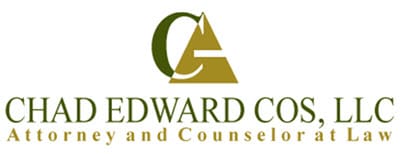Chapter 7 bankruptcy is the most common form of bankruptcy people seek – largely because you can discharge thousands and thousands of dollars of debt in a Chapter 7 bankruptcy. Yet to qualify for a Chapter 7 bankruptcy, you have to pass a means test. The means test measures if you have enough disposable income that you can pay off some of your debts.
Passing the means test
You will pass the means test if your income is lower than the median income in Maryland. The means test does account for not only income, but your expenses and family size too. The means test also is based on the last six months, so it will consider if you recently lost your job or took a lower-paying position.
If you don’t pass the means test, you may need to file a Chapter 13 bankruptcy, where you pay back your unsecured debts in a three- to five-year period.
Other factors to consider with a Chapter 7 bankruptcy
You may think that with a Chapter 7 bankruptcy you won’t be able to keep your home or your car. However, Maryland allows Chapter 7 bankruptcy filers to protect up to $25,150 of equity in their home and $6,000 in cash and personal property. Your also can protect up to $1 million in your traditional IRA or Roth IRA accounts in bankruptcy.
It’s important to have help in the bankruptcy process though. You should consult an experienced bankruptcy attorney, who can help you decide if Chapter 7 bankruptcy is your best option and complete the means test.
If you are feeling overwhelmed by debt, you shouldn’t feel shame about seeking a bankruptcy. If you qualify for a Chapter 7 bankruptcy, you quickly can get a fresh start on rebuilding your finances for a better future.



